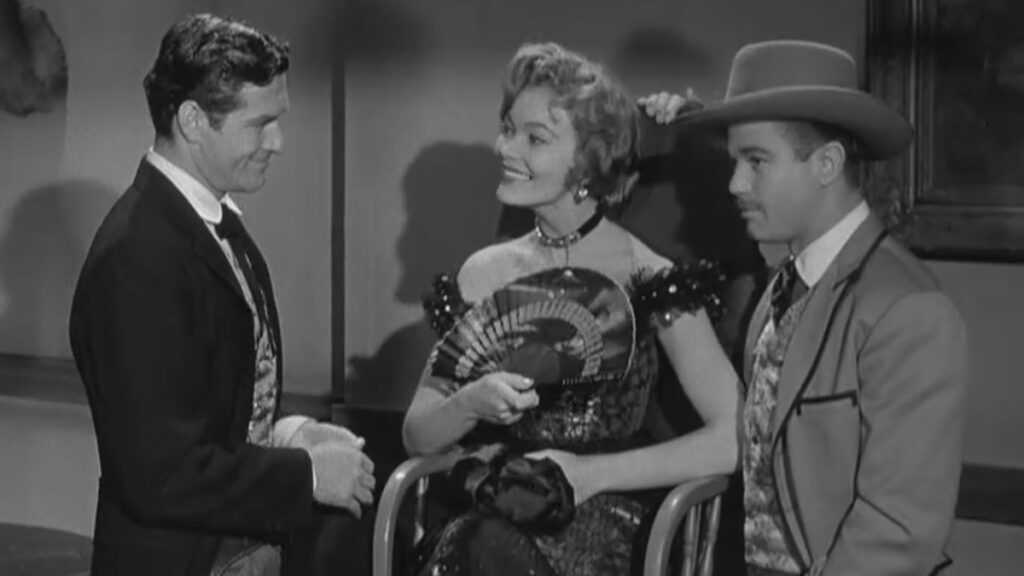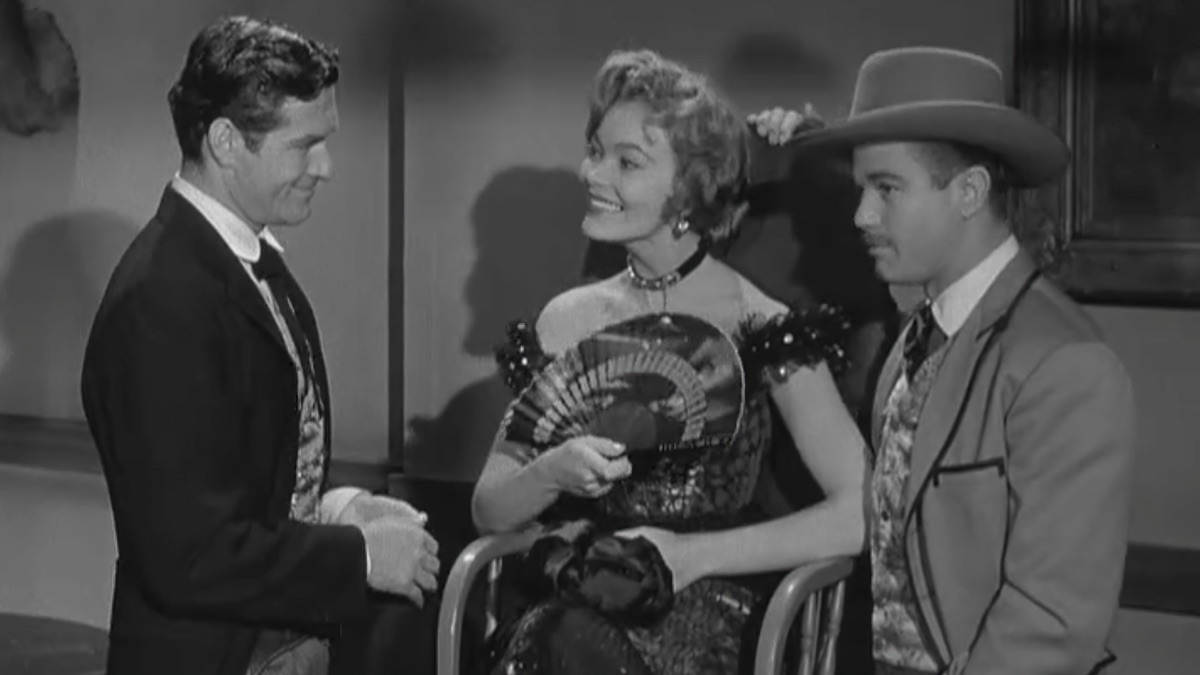
Wyatt Earp: The Life, Legend, and Legacy of the Old West Lawman
Wyatt Earp is a name synonymous with the American Old West. He’s a figure shrouded in myth and legend, a lawman whose exploits have been immortalized in countless books, movies, and television shows. But who was the real Wyatt Earp? This article delves into the life and times of **Wyatt Earp**, separating fact from fiction to explore the complex man behind the legend. We’ll examine his early life, his career as a lawman, his involvement in the infamous Gunfight at the O.K. Corral, and his later years, ultimately painting a portrait of a man who was both a product and a shaper of the American West.
Early Life and Family
Wyatt Berry Stapp Earp was born on March 19, 1848, in Monmouth, Illinois. He was the fourth of Nicholas Porter Earp and his second wife, Virginia Ann Cooksey’s five sons. The Earp family had deep roots in American history, with ancestors who fought in the Revolutionary War. Nicholas Earp was a farmer, lawyer, and sometime lawman, and his political aspirations led the family to move frequently during Wyatt’s childhood. These moves exposed young **Wyatt Earp** to a variety of environments and people, shaping his adaptability and resourcefulness. He also learned the importance of self-reliance and the ability to handle himself in tough situations.
The Earp family’s values played a significant role in Wyatt’s development. Nicholas Earp instilled in his sons a strong sense of justice and a respect for the law, although that respect would later be tested. The constant moves also meant that **Wyatt Earp** had limited formal education, but he was an avid reader and a quick learner. He absorbed knowledge from his surroundings and from the experiences he encountered along the way. The Earp children were also exposed to the political climate of the time, including the growing tensions surrounding slavery and the Civil War. This exposure further shaped their understanding of the world and their place within it.
Early Adulthood and First Encounters with the Law
As a young man, **Wyatt Earp** tried his hand at various occupations. He worked as a teamster, hauling freight across the plains, and as a buffalo hunter, providing meat for railroad workers. These experiences hardened him and taught him the skills necessary to survive in the harsh environment of the West. In 1868, he married Urilla Sutherland. Tragically, she died less than a year later, possibly from typhoid fever, while he was away on a business trip. The loss deeply affected him, and he struggled to cope with the grief. This period in his life is somewhat murky, with accounts suggesting he may have engaged in horse theft and other questionable activities. He was arrested in Indian Territory (present-day Oklahoma) for stealing horses, but the charges were later dropped. This incident, whether true or exaggerated, contributed to the complex and often contradictory image of **Wyatt Earp**.
Following this period, **Wyatt Earp** began to drift westward, taking on various jobs and gradually establishing himself as a lawman. He served as a police officer in Wichita, Kansas, and later in Dodge City, Kansas, both bustling cow towns known for their lawlessness. These early experiences in law enforcement provided him with valuable training and experience. He learned how to handle unruly crowds, deal with hardened criminals, and maintain order in a chaotic environment. It was during this time that he began to develop his reputation as a tough and effective lawman. He also met other notable figures of the Old West, including Bat Masterson and Doc Holliday, forging relationships that would later prove crucial in his career.
Tombstone and the Gunfight at the O.K. Corral
In 1879, **Wyatt Earp** and his brothers, Virgil and Morgan, along with Doc Holliday, arrived in Tombstone, Arizona Territory. Tombstone was a boomtown fueled by silver mining, and it attracted a diverse population, including prospectors, businessmen, gamblers, and outlaws. The Earp brothers saw an opportunity to make a living in this burgeoning town, and they quickly became involved in local politics and law enforcement. Virgil Earp was appointed town marshal, and Wyatt and Morgan served as his deputies. The Earps soon clashed with a group of cowboys known as the Clantons and McLaurys, who were notorious for their cattle rustling and other criminal activities. This conflict escalated over time, leading to the infamous Gunfight at the O.K. Corral.
On October 26, 1881, the Earps, along with Doc Holliday, confronted the Clantons and McLaurys at the O.K. Corral. What exactly happened in those few seconds remains a subject of debate, but the outcome was decisive. In a hail of gunfire, Billy Clanton and Tom and Frank McLaury were killed. Ike Clanton and Billy Claiborne fled the scene. The gunfight lasted only about 30 seconds, but it became one of the most legendary events in the history of the Old West. The Earps were hailed as heroes by some, but they were also accused of murder by others. The gunfight sparked a long and bitter legal battle, with Ike Clanton accusing the Earps of unlawful killing. A lengthy preliminary hearing was held, and the judge ultimately ruled that the Earps had acted within the law.
The Earp Vendetta Ride
Despite the legal victory, the conflict between the Earps and the cowboys continued to escalate. In December 1881, Virgil Earp was ambushed and seriously wounded. Then, in March 1882, Morgan Earp was assassinated while playing billiards. These attacks fueled **Wyatt Earp**’s desire for revenge. He decided to take matters into his own hands and embarked on what became known as the Earp Vendetta Ride. Along with a posse of loyal friends, including Doc Holliday, he set out to track down and kill those responsible for the attacks on his brothers. The Vendetta Ride was a brutal and bloody affair, with several cowboys killed in a series of confrontations. The most notable of these was the killing of Curly Bill Brocius, a notorious outlaw who was believed to have been involved in Virgil’s ambush. The Vendetta Ride further cemented **Wyatt Earp**’s reputation as a ruthless and unforgiving lawman.
The Earp Vendetta Ride remains a controversial chapter in **Wyatt Earp**’s life. Some see it as an act of justified revenge, while others view it as a descent into vigilantism. Regardless of one’s perspective, there is no doubt that it was a turning point in his life. After the Vendetta Ride, **Wyatt Earp** left Arizona Territory and spent the rest of his life wandering the West, seeking his fortune in various ventures.
Later Life and Death
After leaving Arizona, **Wyatt Earp** continued to seek his fortune. He worked as a gambler, a saloon owner, and even as a referee for boxing matches. He moved from town to town, always looking for the next opportunity. He spent time in Colorado, Idaho, and California, among other places. In 1888, he met Josephine Sarah Marcus, known as Josie, who became his common-law wife. They remained together for the rest of his life, although they never officially married. Josie was a strong and independent woman, and she provided **Wyatt Earp** with companionship and support during his later years.
**Wyatt Earp** died on January 13, 1929, in Los Angeles, California, at the age of 80. He was one of the last surviving figures of the Old West. His life had been filled with adventure, violence, and controversy. He had been a lawman, a gambler, and a vigilante. He had been both praised and condemned. But above all, he had been a survivor. His death marked the end of an era, the passing of a generation that had shaped the American West. He was buried in the Hills of Eternity Memorial Park in Colma, California. Josie outlived him by 15 years, protecting his legacy and ensuring that his story would be told for generations to come. The legend of **Wyatt Earp** continues to fascinate and inspire, a testament to the enduring appeal of the American Old West. Even though his life was full of conflict and some questionable decisions, he remains a symbol of justice and courage for many. The story of **Wyatt Earp** is a reminder of the complexities and contradictions of the American West, a time when law and order were often in short supply, and individuals had to rely on their own resourcefulness and courage to survive. He lived a full life, experiencing both triumph and tragedy, and his legacy continues to be debated and reinterpreted to this day. He remains an iconic figure, inextricably linked to the myth and reality of the Old West.
The Enduring Legacy of Wyatt Earp
The story of **Wyatt Earp** has been told and retold countless times in books, movies, and television shows. He has become a symbol of the American West, a figure who embodies the values of courage, justice, and self-reliance. But the real **Wyatt Earp** was a more complex and nuanced figure than the one portrayed in popular culture. He was a man of his time, shaped by the challenges and opportunities of the American frontier. He was a lawman who sometimes bent the rules, a gambler who sometimes took risks, and a man who was willing to fight for what he believed in. His life was a testament to the enduring spirit of the American West, a spirit of adventure, independence, and self-determination. He remains a compelling figure, a reminder of a time when the West was wild and untamed, and when the only law was the law of the gun. The story of **Wyatt Earp** continues to resonate with audiences today, a testament to the enduring appeal of the American West and its legendary figures.
His impact on popular culture is undeniable. From the classic film “My Darling Clementine” to the more recent “Tombstone,” **Wyatt Earp** has been portrayed by numerous actors, each bringing their own interpretation to the role. These portrayals have helped to shape our understanding of the Old West and its iconic figures. [See also: Bat Masterson: The Life and Times of a Western Legend] The legend of **Wyatt Earp** is likely to endure for many years to come, a testament to the power of storytelling and the enduring appeal of the American West.
Ultimately, **Wyatt Earp**’s story is a reminder that history is rarely black and white. He was a flawed man who lived in a flawed time, and his actions must be understood within that context. He was a product of his environment, but he also helped to shape it. His legacy is complex and multifaceted, but it is also undeniably compelling. The legend of **Wyatt Earp** will continue to be told and retold, ensuring that his name will forever be associated with the American Old West.

